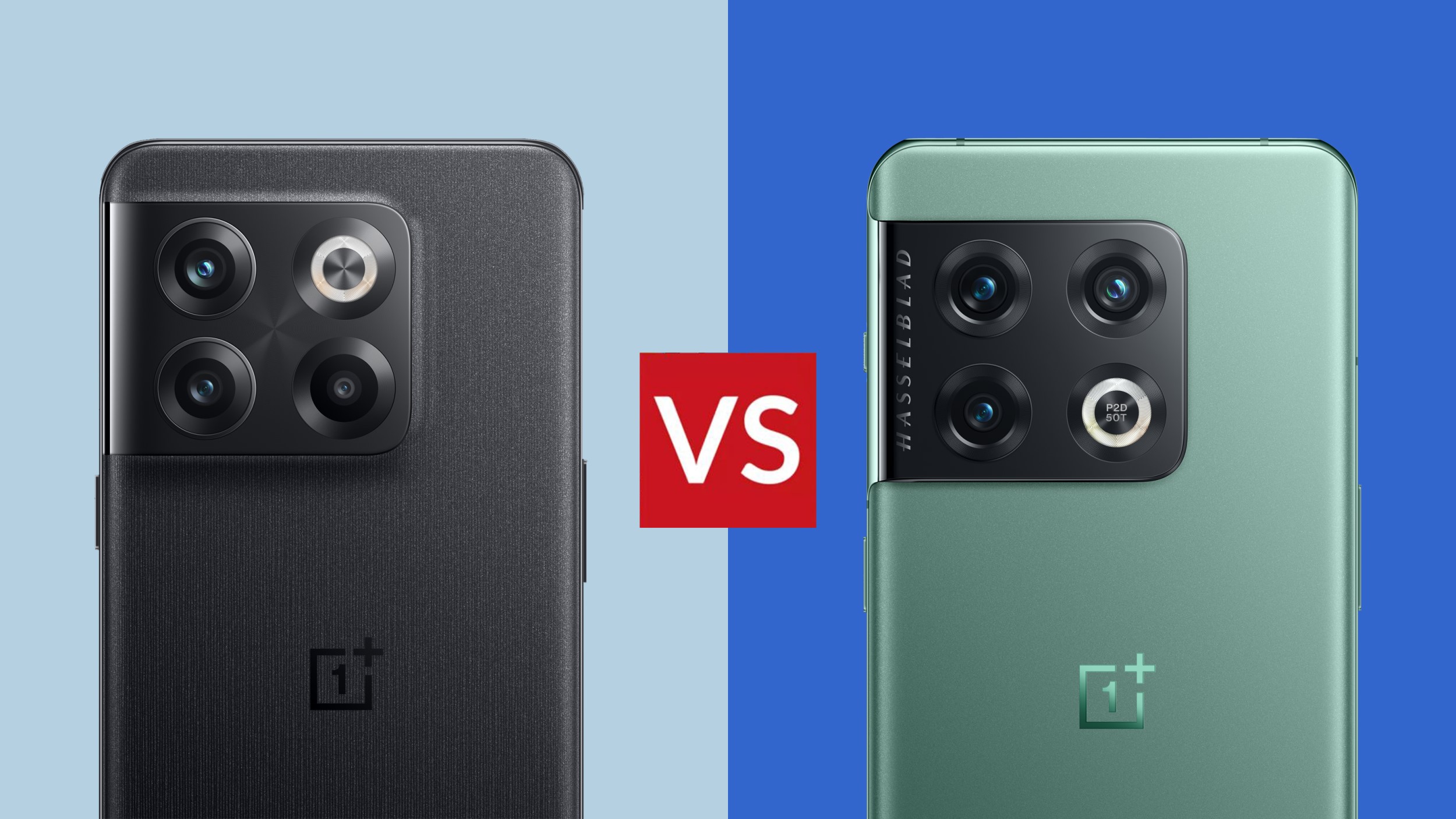

OnePlus is back with another smartphone to add to its ever-growing list - the OnePlus 10T 5G.
An evolution of the OnePlus 10 Pro which was released earlier this year, the OnePlus 10T looks set to be the only other device in the series because they never released a more affordable OnePlus 10. As things stand, it doesn’t seem likely that they will either.
Not only is the OnePlus 10 Pro one of the best OnePlus phones yet but it's also one of the best phones there is.
In the OnePlus 10 Pro review, I described it as ‘a sleek handset with an incredible QHD+ screen, insanely fast charging and the most up-to-date hardware under the hood’ but it was the Hasselblad camera that made it stand out delivering stunning shots at all times of day and night.
The 10T undoubtedly tries to top that phone in a few different ways, but the focus has changed and so they've had to make room for new hardware and features by leaving some others behind.
If I were to explain the shift in a nutshell: the OnePlus 10 Pro is a camera flagship whereas the OnePlus 10T is a more affordable performance-driven device.
Here I'll go into more detail about how the two compare, but if you want to know more about the newest device then head over to the OnePlus 10T review.
Sign up to the T3 newsletter for smarter living straight to your inbox
Get all the latest news, reviews, deals and buying guides on gorgeous tech, home and active products from the T3 experts
OnePlus 10T vs OnePlus 10 Pro: price
The first thing worth knowing about the new phone is that the OnePlus 10T costs less than what the Pro did at launch.
Prices start from $649 in the US and £629 in the UK for the model with 8GB of RAM and 128GB of storage and go up to about $749 / £729 for 16GB of RAM and 256GB of storage.
That's a fair amount less than the OnePlus 10T which makes it a great option for anyone who wants flagship performance and a big screen, at a smaller price.
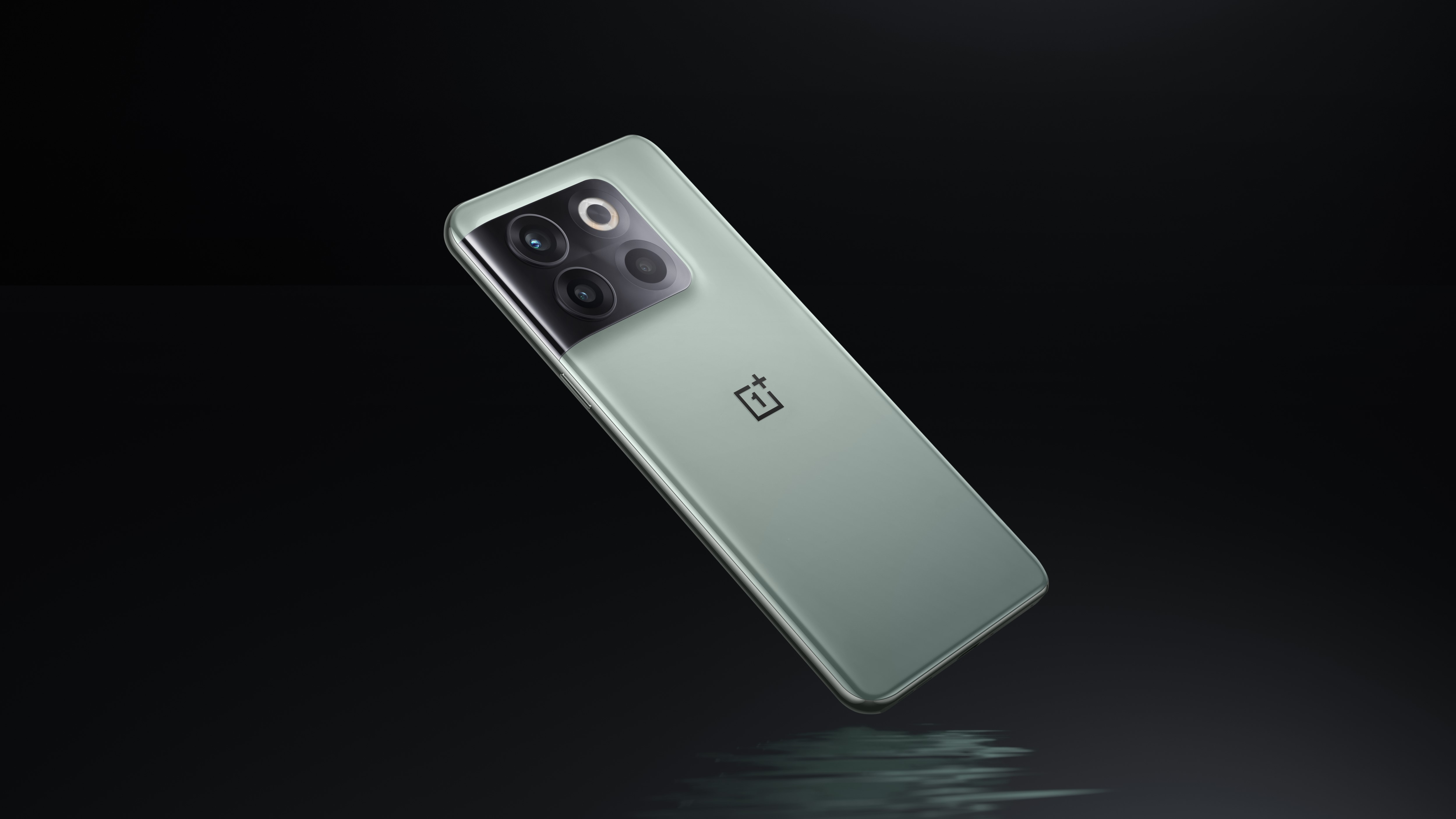
OnePlus 10T
OnePlus 10T vs OnePlus 10 Pro: design and screen
If you lay the two phones out side-by-side, you can tell that they come from the same family but there are some very obvious design differences.
You can buy the OnePlus 10 Pro in Volcanic Black and Emerald Forest, the OnePlus 10T on the other hand, comes in Moonstone Black and Jade Green. They might sound similar, but they look pretty different. For the purposes of this comparison, I've got the two green colourways in front of me.
The most obvious is that the OnePlus 10 Pro has a matte shimmering glass back whereas the 10T has a more reflective, glossy one. The camera module has also had a shakeup, curving upwards from the body of the phone in the newer device where it was more sharp and angular before.
The OnePlus 10 Pro is also slimmer and lighter, measuring 163 × 73.9 × 8.55mm and weighing 201g, while the OnePlus 10T feels a little bulkier at 163 × 75.37 × 8.75mm and 203.5g.
OnePlus fans might be disappointed to see that the Alert Slider has been removed from the 10T. It's a little switch that lets you quickly flip between Vibrate, Silent and Ring.
I really made use of it on the OnePlus 10 Pro so it was a shame to find out it has been left out of the 10T. OnePlus explains that the ‘decision provided us with the necessary space inside the device to add new, meaningful technologies that deliver key advancements’. An understandable omission, but a shame nonetheless.
The screen tech is a little different this time around as well. The OnePlus 10 Pro boasts a 6.7-inch 3216 × 1440p QHD+ curved display whereas the OnePlus 10T has been stripped back to a 6.7-inch 2412 x 1080p FHD+ flat display, although both have HDR10+ support, 10-bit colour depth and a 120Hz adaptive refresh rate for smooth scrolling and swiping across the system.
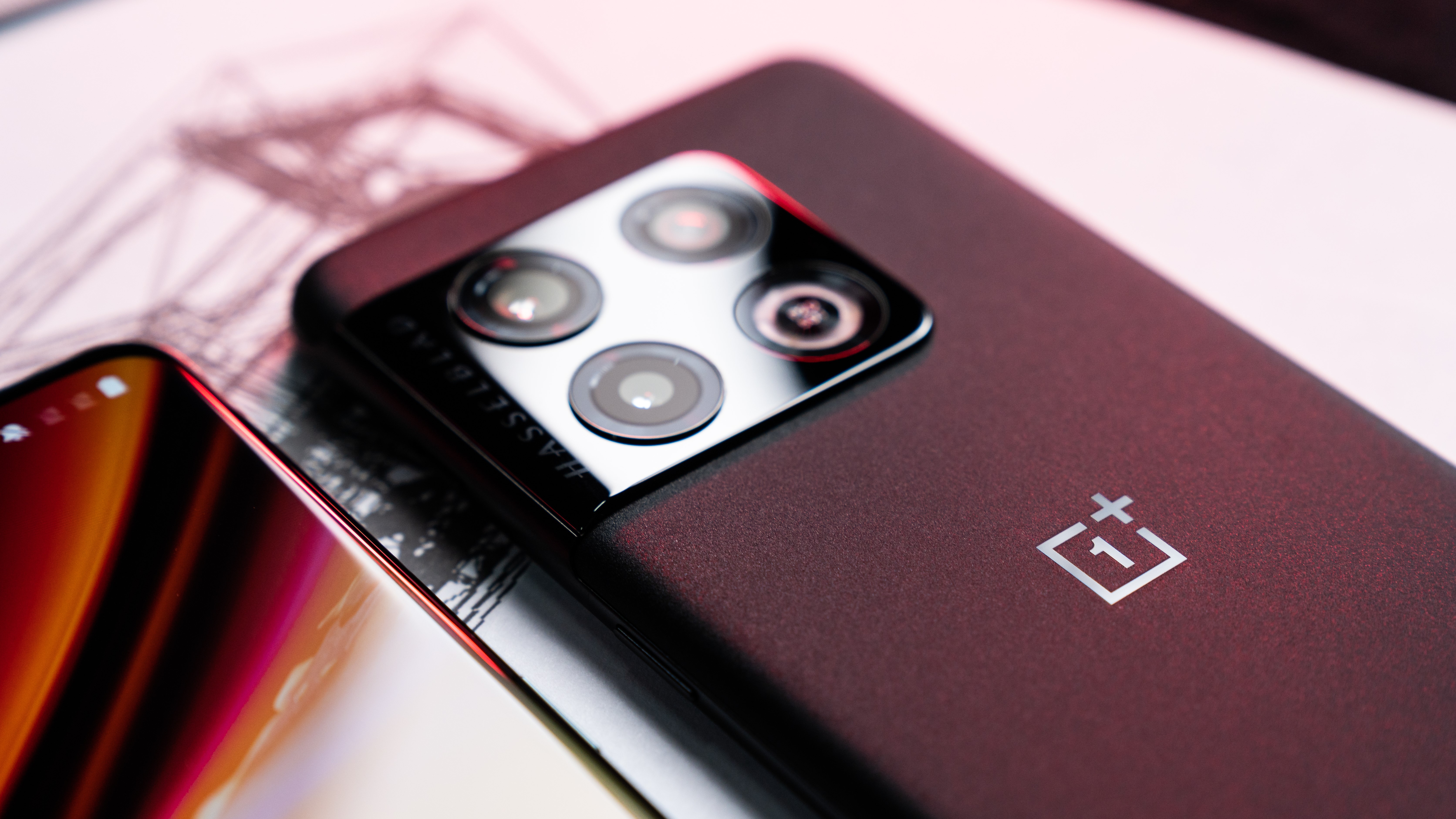
OnePlus 10 Pro
OnePlus 10T vs OnePlus 10 Pro: performance and battery
Despite dropping the price quite significantly, OnePlus has made some big strides when it comes to the performance and battery of the 10-series smartphones.
Since they started making them, the T models of OnePlus’ devices really come into their own when it comes to performance. The OnePlus 10T is no different, it sports an upgraded Snapdragon 8+ Gen 1 processor, up from the Snapdragon 8 Gen 1, and you can buy it with a huge 16GB of RAM which is the most OnePlus has ever put in a phone.
OnePlus has also added an improved antenna for gaming which supposedly gives you better signal performance across both Wi-Fi and mobile data, particularly when you're using the phone horizontally.
What’s more is that the 10T comes with 150W charging, up from 80W in the 10 Pro, which means you should be able to go from flat to full in as little as 19 minutes. That crushes the 32 minutes of charge-time offered by the OnePlus 10 Pro.
All of that might make you worry about the phone heating up when it's working at its hardest but their new cooling system stops that.
OnePlus 10T vs OnePlus 10 Pro: camera
As I mentioned before, the OnePlus 10 Pro is a camera phone through and through. With a three-lens camera system made up of a 48MP main camera, a 50MP ultra-wide camera and an 8MP telephoto camera as well as a 32MP selfie snapper, you’re almost guaranteed good shots. And they actually teamed up with camera manufacturer Hasselblad to fine-tune the software and features as well.
The OnePlus 10T has had quite a big shift away from that which is how they managed to keep the price so low, there’s no Hasselblad partnership involvement and the lenses have been adjusted to a 50MP main camera, an 8MP ultrawide angle camera, a 2MP Macro camera and a 16MP front camera.
If you aren't someone who cares about taking professional-looking shots then that won't be an issue, but if you are then you'll be better off sticking to the OnePlus 10 Pro.

Yasmine is the former Reviews Writer for T3, so she's been knee-deep in the latest tech products for reviewing and curating into the best buying guides since she started in 2019. She keeps a finger on the pulse when it comes to the most exciting and innovative tech – and since departing has also held a role as Digital Spy's Tech Editor. In her free time, you'll catch her travelling the globe – the perks of being a freelance tech expert – tending to her plants when at home and, but of course, planning her next big trip.
-
 I tested every new Tudor at Watches and Wonders – my favourite caught me by surprise
I tested every new Tudor at Watches and Wonders – my favourite caught me by surpriseThe Rolex sister brand had a lot to offer
By Sam Cross Published
-
 Warning: Ciele’s refreshed Elite Collection may cause excessive garment envy on race day
Warning: Ciele’s refreshed Elite Collection may cause excessive garment envy on race dayFlex on your run crew with Ciele’s latest drop
By Matt Kollat Published
-
 So where’s the promised 5G revolution?
So where’s the promised 5G revolution?Jon Bentley is disappointed that 5G hasn’t transformed the way we live – but he hasn’t given up hope just yet
By Jon Bentley Published
-
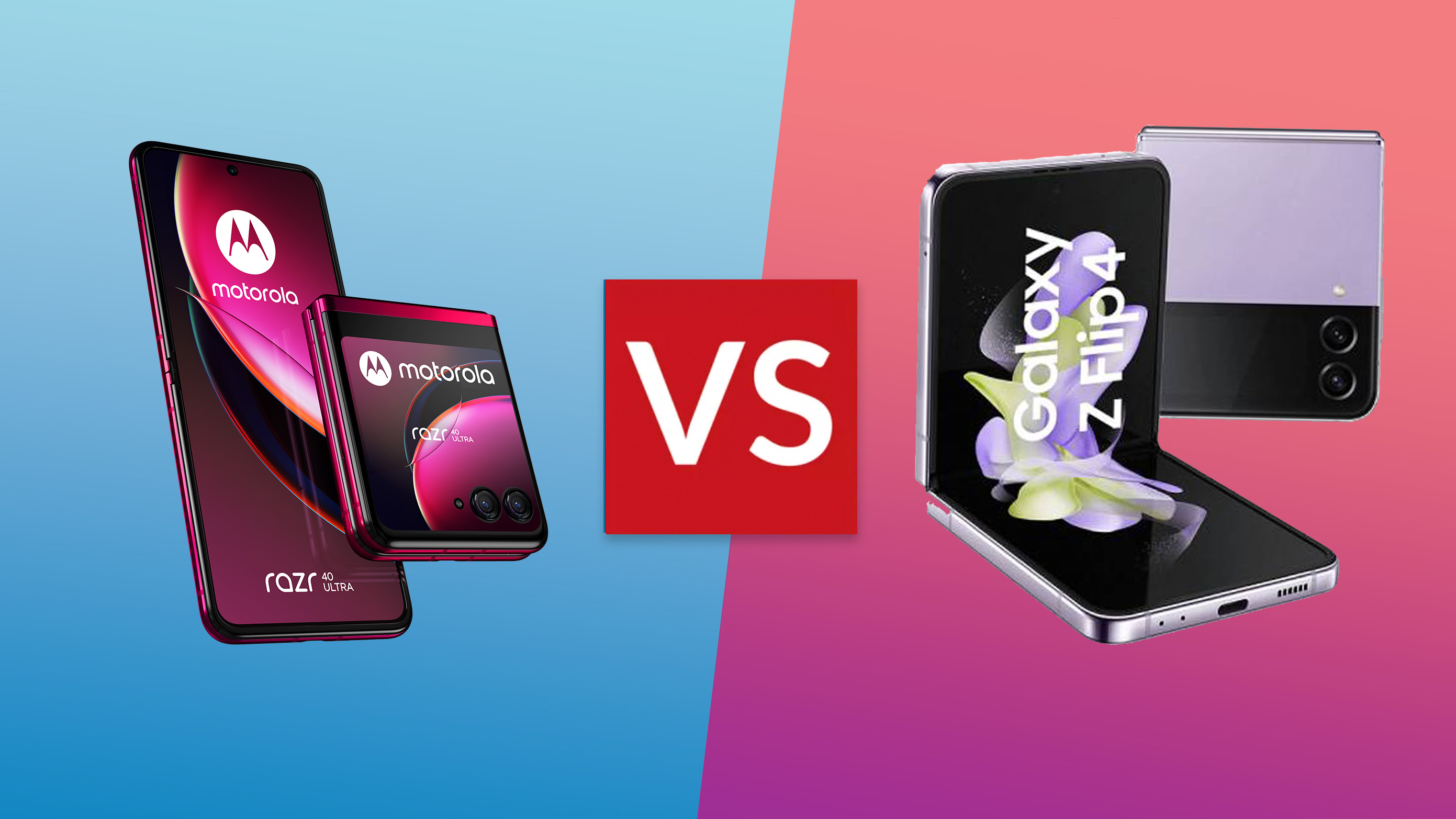 Motorola Razr 40 Ultra vs Samsung Galaxy Z Flip 4: what's the difference?
Motorola Razr 40 Ultra vs Samsung Galaxy Z Flip 4: what's the difference?Motorola's latest enters the fold, but how does it compare to Samsung's offering?
By Andy Sansom Published
-
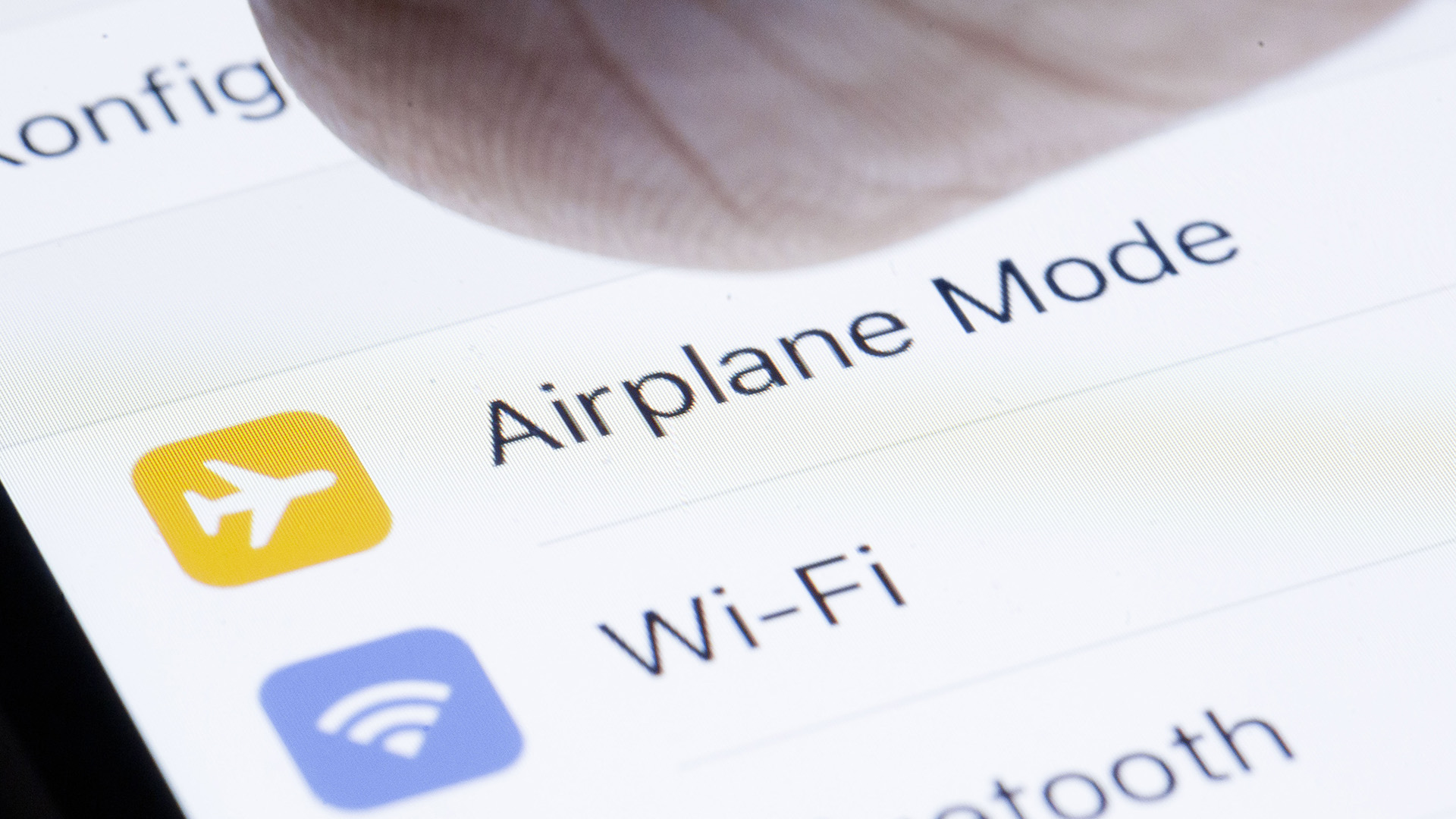 5G in-flight: EU scraps the need for Airplane Mode from 2023
5G in-flight: EU scraps the need for Airplane Mode from 2023If you're flying in Europe next year, you won't need to switch to Airplane Mode for takeoff
By Mat Gallagher Published
-
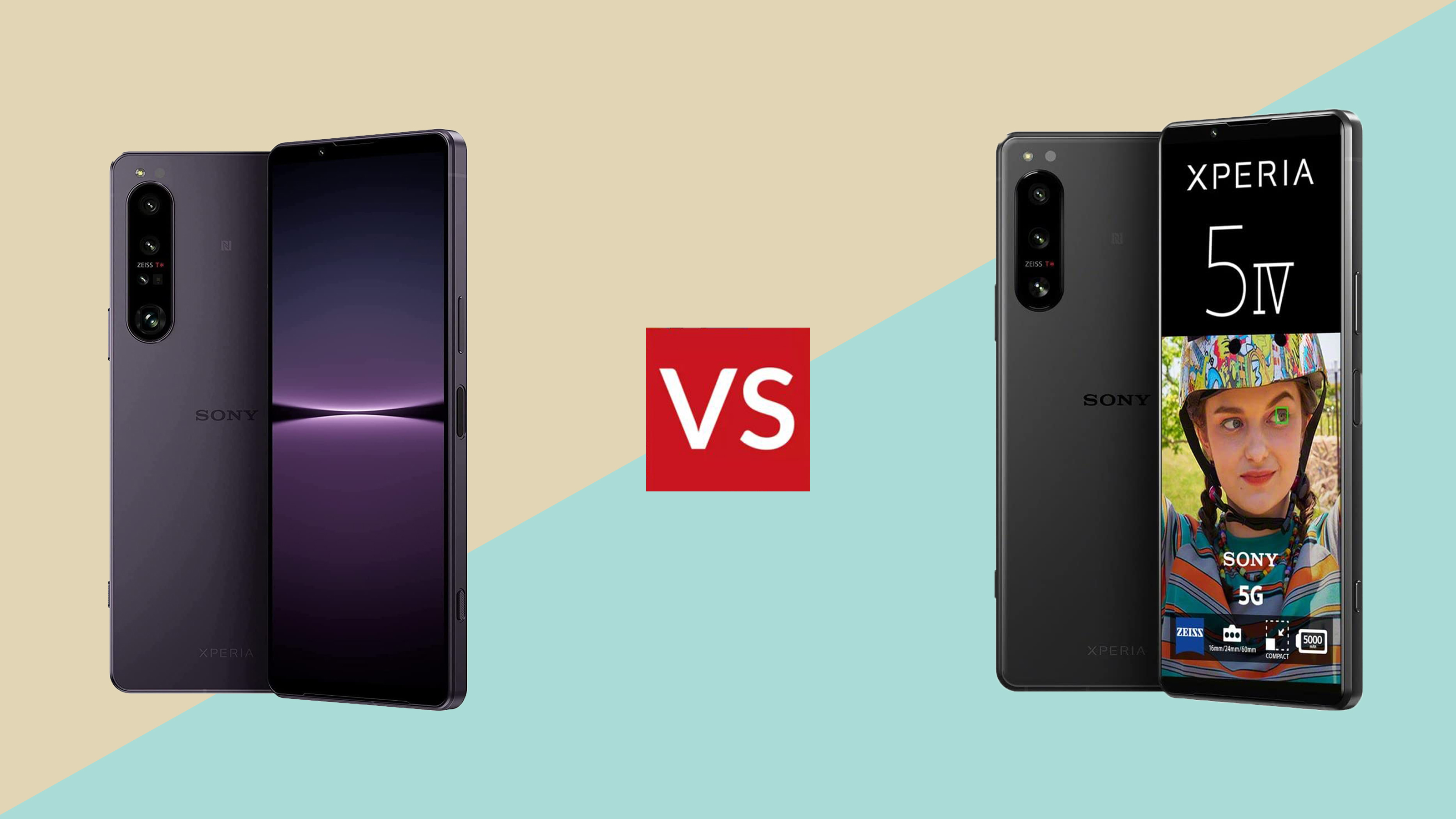 Sony Xperia 1 IV vs Sony Xperia 5 IV: what’s the difference?
Sony Xperia 1 IV vs Sony Xperia 5 IV: what’s the difference?Big phone, little phone - find out which is the best Sony
By Yasmine Crossland Published
-
 Sony Xperia 5 IV review: a small but mighty smartphone
Sony Xperia 5 IV review: a small but mighty smartphoneThe Sony Xperia 5 IV is a 6.1-inch smartphone that still manages to pack flagship-level hardware
By Yasmine Crossland Published
-
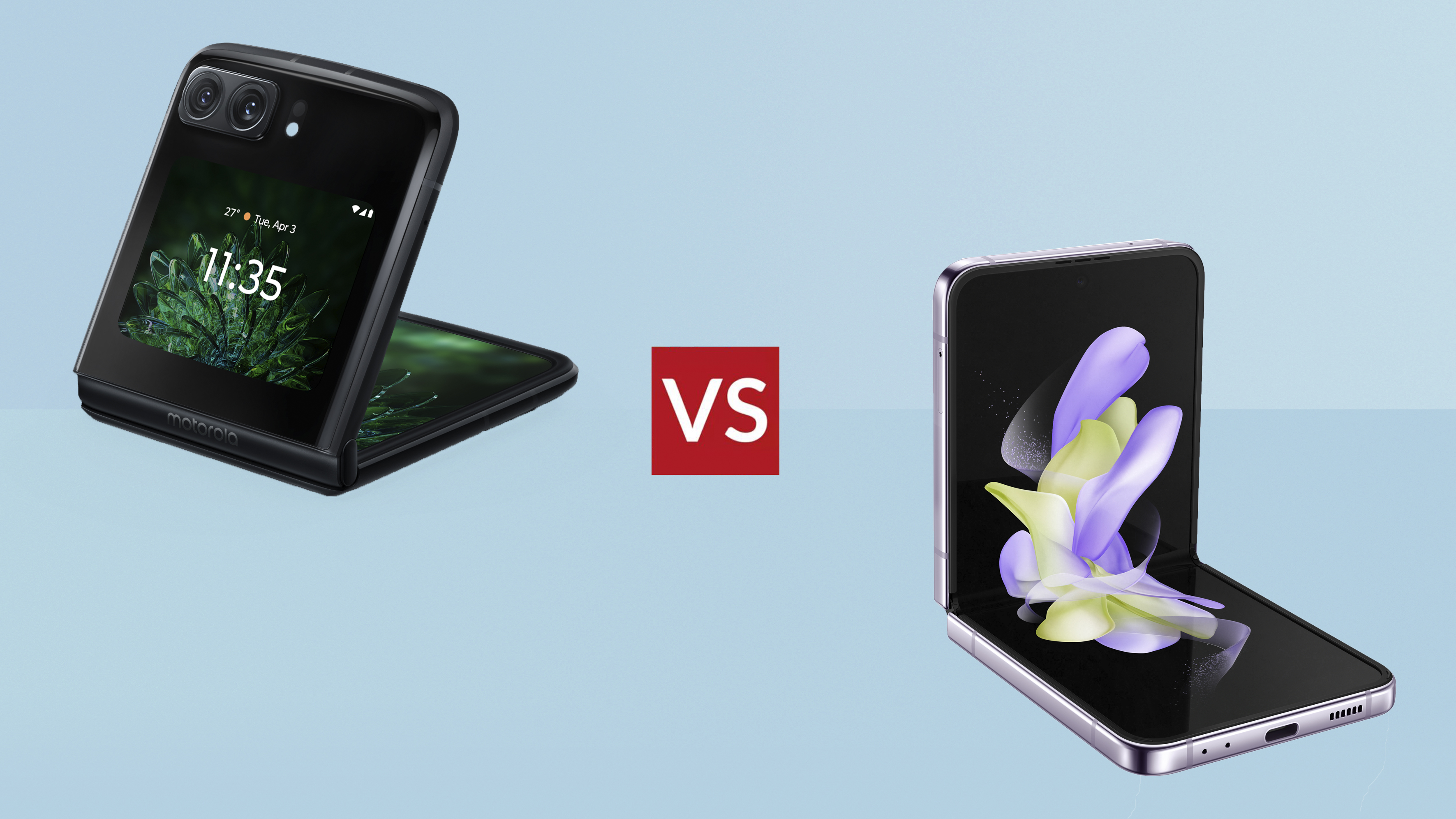 Motorola Razr 2022 vs Samsung Galaxy Z Flip 4: top folding phones go head to head
Motorola Razr 2022 vs Samsung Galaxy Z Flip 4: top folding phones go head to headBoth are smartphones that fold in half, but which one comes out on top?
By Yasmine Crossland Published
-
 Motorola Razr 2022 review: a nostalgic flip phone reaching new heights
Motorola Razr 2022 review: a nostalgic flip phone reaching new heightsThe Motorola Razr 2022 is a performance-driven folding phone that is actually quite reasonably priced
By Yasmine Crossland Published
-
 5 things I wish I knew before buying the Google Pixel 7
5 things I wish I knew before buying the Google Pixel 7You need to read this if you're thinking about buying the latest Pixel phone
By Yasmine Crossland Last updated